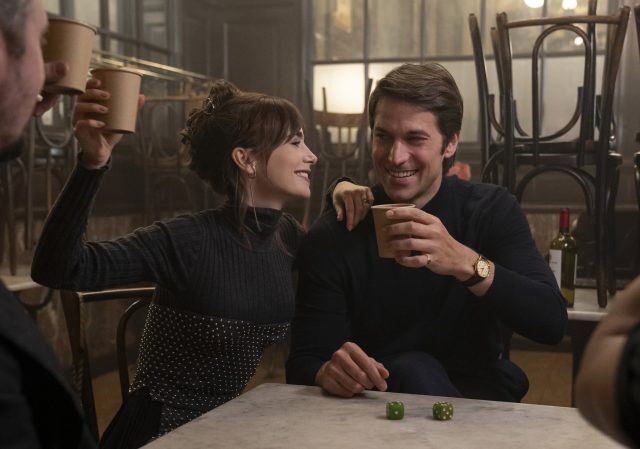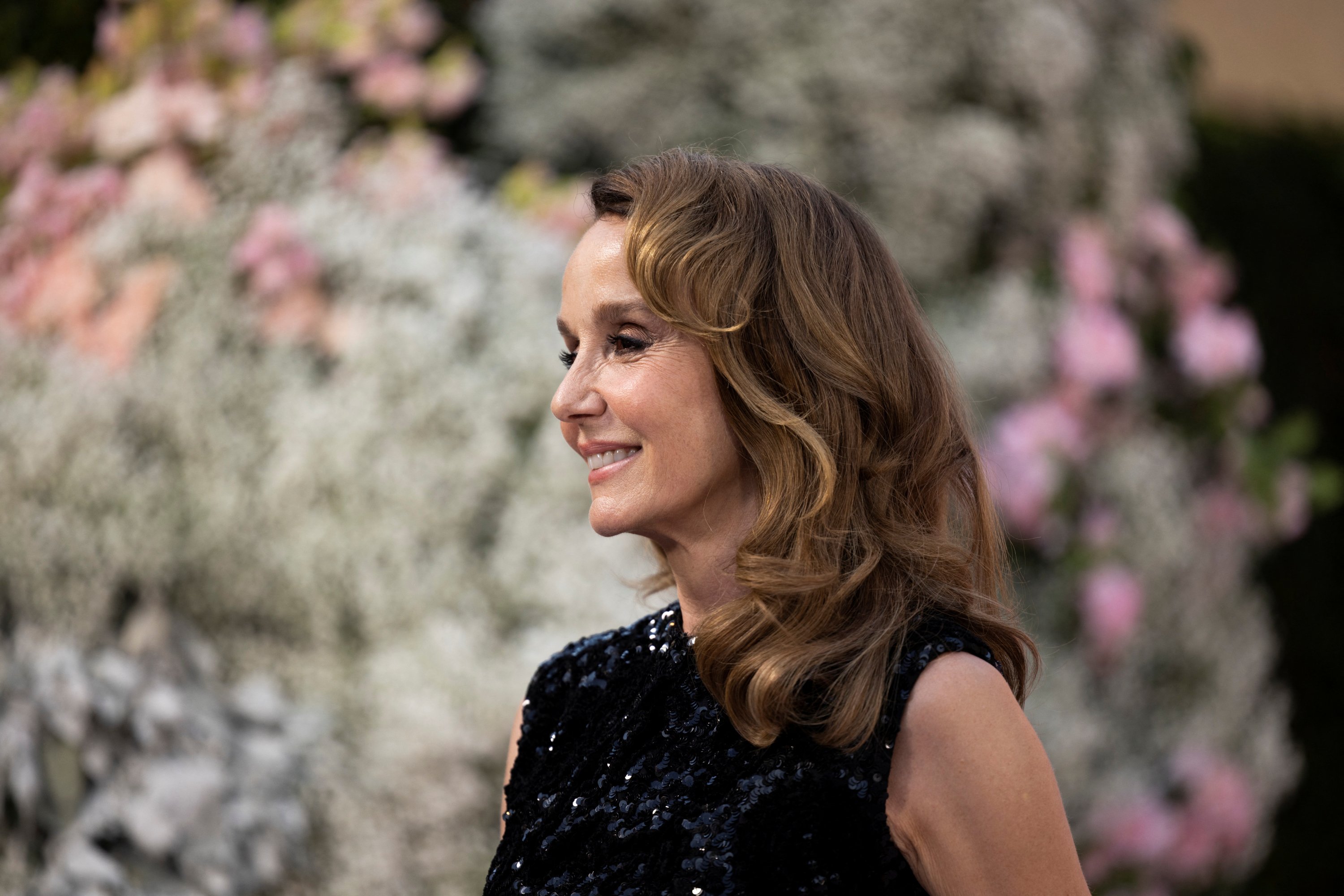Oh, la la Paris. From the Paris Olympics, talks on politics and a new government, and the recent arrest of Telegram CEO to “Emily in Paris,” the word Paris just seems to be resonating all around.
Chic French metropolis, home to the landmark Eiffel Tower, Notre Dame, and Louvre, definitely is a place full of history, some unique glamour and style that makes it, for example, way different than Berlin and London.
And with an enchanting, catchy show such as “Emily in Paris,” this all transcends to just another level, way more filled with fashion and catchy French phrases that the main character struggles to connect with.
When I first watched the show on a cold fall evening, with all lights down a few years back, Emily’s clumsiness made me laugh. I found her experiences so familiar as I, myself, was an expat in countless similar situations – when I could not pronounce anything right, and I thought that her character was quite cool.
Following subsequent seasons, I was cheering she would reunite with her French prince, Chef Gabriel. I looked with intrigue into the development of other characters, such as Gabriel’s ex, Camille, or Emily’s boss, Sylvie.
Coming to the fourth season, I restarted my Netflix subscription to get the dose of Emily’s daily fuss in Paris. And I regretted it.
As much as the anticipation built up ahead of the show, reading social media comments and a couple of reviews, even in some major outlets, I realized that much of the so-called fanbase found the latest five episodes way below expectations.
I don’t want to spoil the mood here, but really, this is what it looks like. I think the new concept on the platform, separating one season in two, made it even worse. At first, I thought I’d watch the second part and write more comprehensive pieces, but the urge to share my observations was stronger.
Comparing it to the first season that rolled out more suddenly, even the first talk in an outdoor setting between Emily and her best friend Mindy in the opening sequence seemed to be pushed, unnatural and ordinary.
As the scenes moved, I realized the show that was once centered around the main character and her unresolved love life turned into something completely new. The new picture was filled with too many new characters and switches, unnecessary details and attention directed at completely distant or new roles. Take, for example, all the side stories of Sylvie’s husband – just dull.
While writers remembered to give some credit to unique names like Luc, who I believe was everyone’s favorite, and the whole La Monde article about Sylvie, the show stayed at the point of distancing itself from the inner drama of Emily or all that Gabriel is going through.
The depth of Emily’s character remains unexplored, and she still appears to be a confused, petite American who is lost in French translation and without any idea of what to do next. Yet, we could say her marketing skills were getting even better.
Even though Emily may have influenced some major cultural trademarks of France, such as croissants, or consistently included stylish French beres in her looks, the person watching last season wonders if this had gone just too far. Even without Emily having its own Roland Garros, one of the four slams would be equally popular and French.
I should have said at the start (It consists of dozens of spoilers). With Emily and Alfie kissing in what appears to be the show’s version of Roland Garros, questions swirl regarding the manifestation of France in the show in general and one cannot stop wondering: “Was it really needed?”
With episode lengths of 30 to 35 minutes, we now get too many skyline shots of Paris, lots of haute couture, and a brand-new cosmetics campaign. I do not remember last season, which was in Provence when the vineyards were promoted similarly.
But then also, isn’t this maybe a whole point of the modernistic season set up in luxury, chic and urban-style place Paris is classified as? Or as one social media user said: “Here is my Emily girl again. I don’t remember what happened in the last seasons, but I’m ready to watch it again.” Or, as one of my colleagues would put it: “I just play it there without actually having to focus.”
“Emily in Paris” was and stayed a true fashionista or, we could say, a Netflix make that finely tuned with the needs of many Netflix users.
With the first season coming in the wake of the pandemic and all its fancy Paris looks, this show was a perfect escape from daily monotony and a sort of self-journey through the streets of another city during a time of lockdown.
With the latest season, one may probably find similar joy by exploring the setup in Rome or those mountains where Emily meets yet another boy, as the scenes from the trailer in the second part reveal.
For this, we may entirely credit producers and close our eyes on all other flaws, which have left countless poor critiques so far. Other than that, I find it hard to comprehend several points of the show, including playback on the same designers from previous seasons and the complex triangle between Emily, Gabriel, and Camille, which now has even a new addition to it. For instance, I cannot avoid questioning why so little of Alfie in the new season or why Mindy’s boyfriend and his father’s fashion empire got the emphasis.
Yet, I cannot lie; I wonder how it all will wrap up.
Or just as they say: if something brings you particular joy, you should not poke around too much to find out why. I’m leaving it here. Au revoir Emily!





